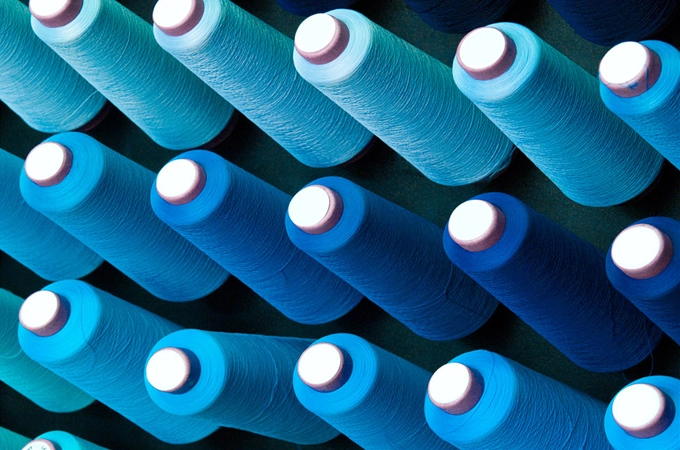Ⅰ. Introduction of the fluorosilicone rubber
Fluorosilicone rubber is an elastomer material with both silicone rubber and fluoroelastomer characteristics. Compared with methyl vinyl silicone rubber, its biggest advantage is oil resistance and solvent resistance. Compared with fluorine rubber, although the difference in resistance to alkane solvents is very small, its resistance to aromatic hydrocarbon solvents is better than that of fluorine rubber. Its good solvent is only ketones with large polarity and small molecules.
Fluorosilicone rubber has better heat resistance, cold resistance and compression deformation and is less dependent on temperature. It shows excellent performance in both low temperature and high-temperature environments. Secondly, even without using plasticizers, low-hardness products can be made. Therefore, fluorosilicone rubber is widely used as a new high-performance elastomer material.
Ⅱ. The use of the fluorosilicone rubber
Application in the automobile industry: Traditional rubber materials can no longer meet the requirements of new automobiles. Fluorosilicone vulcanized rubber compounds and products are suitable for exhaust pipes, hangers, hoses, wiper blades, airbags, spark plug shields, covers, CVJ protective covers, bellows, connector seals and gaskets and other applications and have good results.
Fluorosilicone rubber is used in pumps, pipe joints, and equipment containers to seal chemical substances such as inorganic acids and organics in the chemical industry.
In terms of construction material manufacturing: Fluorosilicone rubber can be used as a sealing rubber ring for cement single-storage pumps, and its service life is about ten times longer than that of natural rubber.
The fluorosilicone rubber compound can be used to produce various specifications of oil-resistant, heat-resistant, ageing-resistant, and high-temperature resistant low- and medium-pressure hoses.
See also fluorosilicone rubber properties.
 English
English 日本語
日本語 한국어
한국어 français
français Deutsch
Deutsch Español
Español italiano
italiano русский
русский português
português العربية
العربية tiếng việt
tiếng việt

